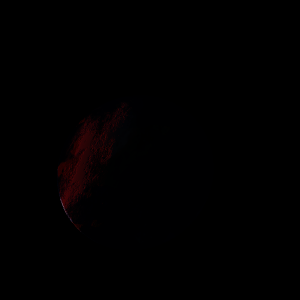|
|
Space Astro
|
Info for exoplanet "Yuge Go"
| Scientific (actual) data |
|---|
| Name | Kepler-102 b |
| Planet status | Confirmed |
| Planet mass | 0.01353 |
| Radius | 0.042 |
| Orbital period | 5.28696 |
| Semi major axis | 0.055 |
| Discovered | 2014 |
| Updated | 2023-01-23 |
| Tconj | 2454970 |
| Impact parameter | 0.06 |
| K | 0.19 |
| Temperature (kelvin) | 792 |
| Publication | Published in a refereed paper |
| Detection type | Primary Transit |
| Alternate names | KOI-82.05, 2MASS J18455585+4712289 b, K00082.05, KIC 10187017 b, KOI-82 b, WISE J184555.80+471228.4 b |
| Star name | Kepler-102 |
| Right ascension | 281.48° |
| Declination | 47.21° |
| Mag v | 11.492 |
| Mag i | 11.15 |
| Mag j | 9.984 |
| Mag h | 9.446 |
| Mag k | 9.351 |
| Star distance | 108.13 |
| Star metallicity | 0.18 |
| Star mass | 0.81 |
| Star radius | 0.76 |
| Star age | 1.41 |
| Star temperature | 4909 |
| Star alternate names | KOI-82, KIC 10187017, 2MASS J18455585+4712289, WISE J184555.80+471228.4 |
| Wikipedia article | Kepler-102 b |
Back
| |
| Fictional info (?) |
|---|
| Suggested name | Yuge Go |
| Planet type | Hot planet |
| It has the longest rotation period (445 days) of any planet in its solar system and rotates in the opposite direction to most other planets. |
| Atmosphere | 2H2O | 51% |
| Ammonium hydrosulfide (NH4SH) | 22% |
| Molecular hydrogen | 19% |
| Xenon | 3.2% |
| Hydrogen chloride | 3.2% |
| Ammonia | 0.54% |
| Sulfur dioxide | 0.36% |
| Atmospheric pressure | 5 bar |
 |
| No known satellites |
| Google search for Yuge go |
|
Website by Joachim Michaelis
|
|
|
|